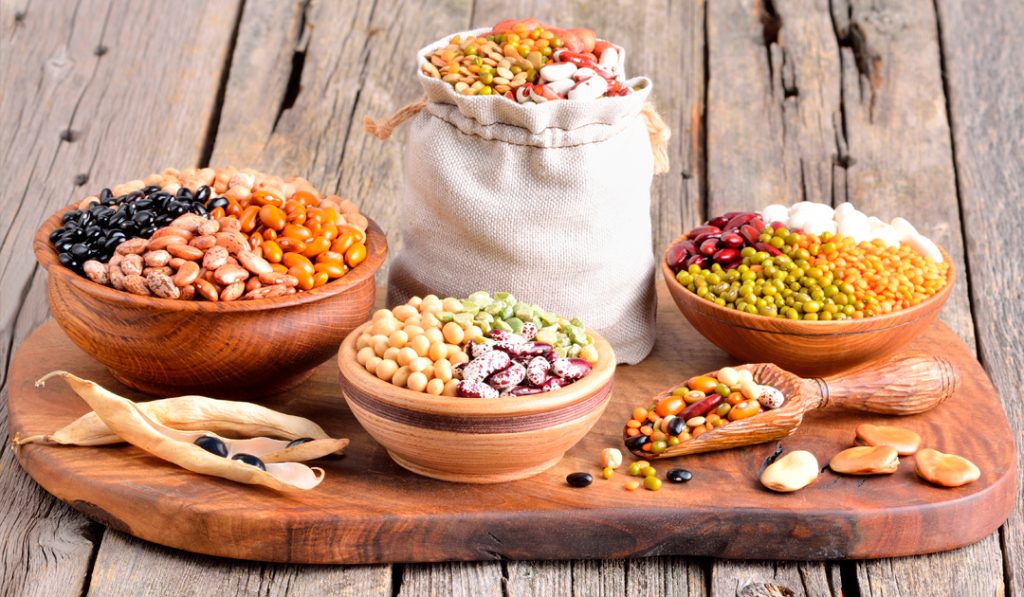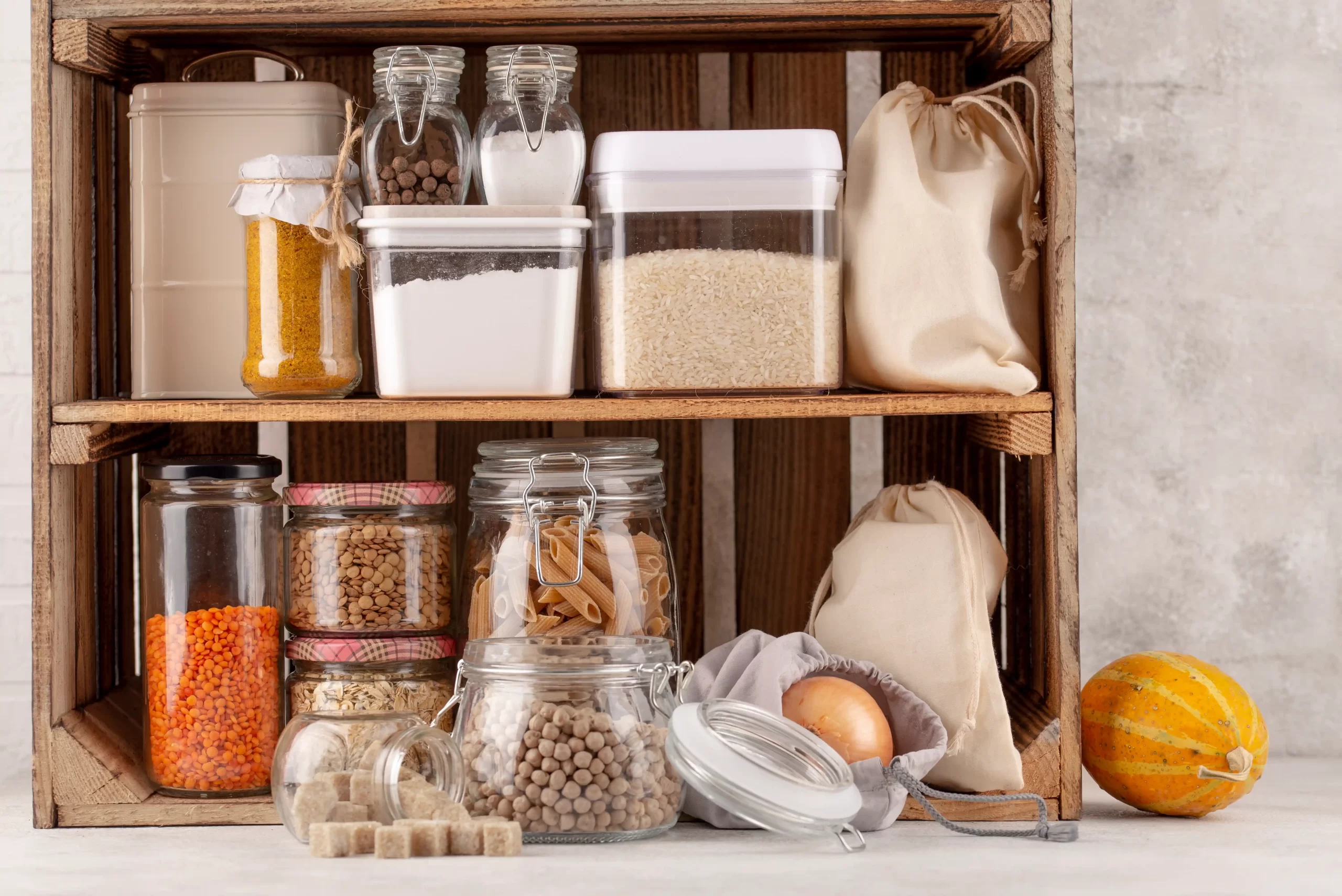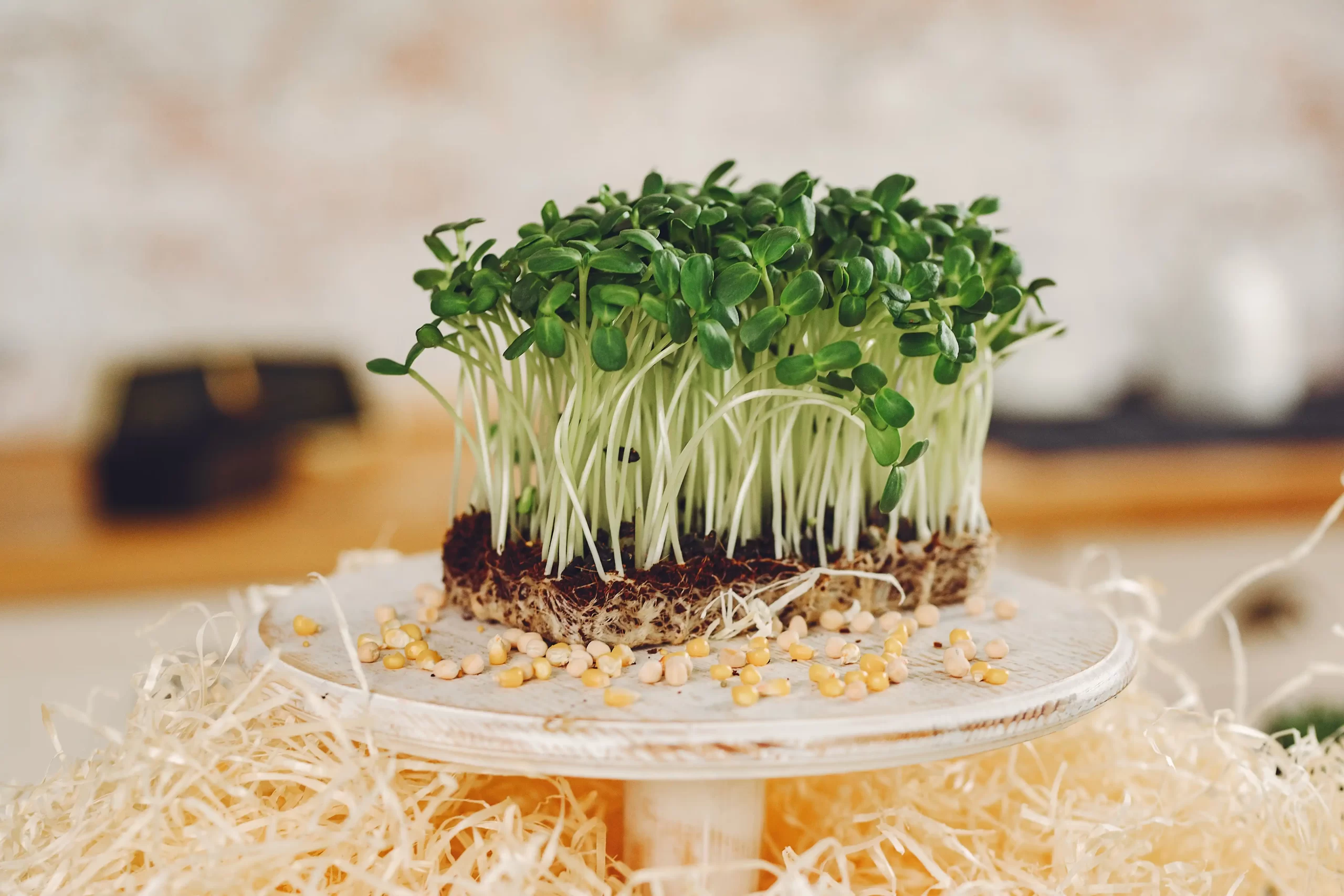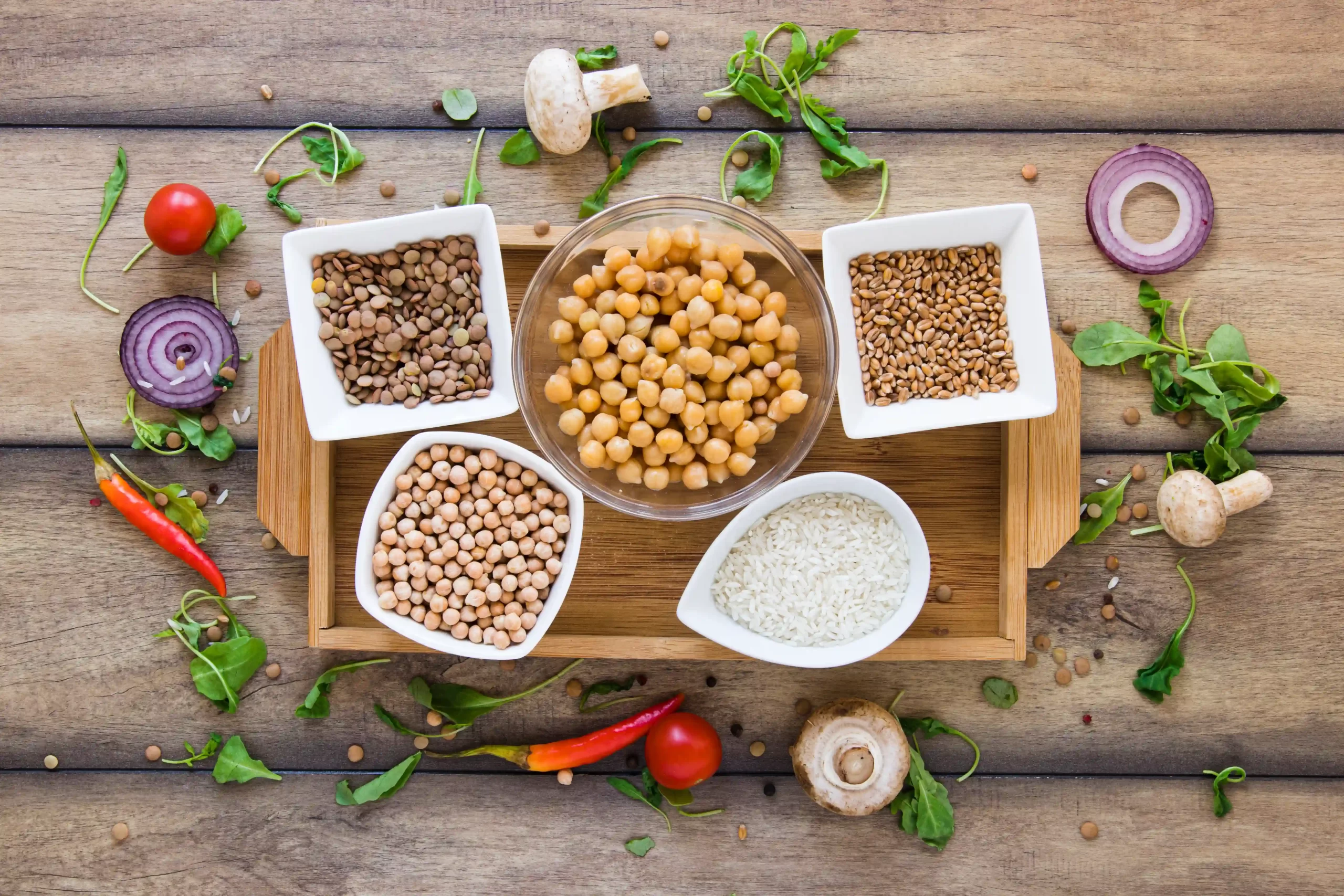If you are a follower of a healthy diet and prefer delicious, natural, freshly prepared food, then you should ask what the farmers have in store for you in their pantry. There is a huge assortment of everything you need for culinary experiments – pasta, sauces, seasonings, marinades, everything for baking, and much more. Organic grains and legumes from the farmer deserve special attention. If vegetables and fruits are considered sources of vitamins, then grains are food that gives the body a lot of energy.
Grains
Cereals are the main source of energy for humans. In the process of ripening, the grain under the rays of the sun is filled with many nutrients. Grains are rich in complex carbohydrates and healthy fiber, the main engine of the digestive system. Cereals contain rapidly digestible unsaturated fatty acids. And also a very important element – lecithin, which is necessary to prevent atherosclerosis. Cereals are a storehouse of the most important vitamins: E, PP, and B. For example, vitamin B takes an active part in the metabolism of carbohydrates in the body. The daily requirement for this vitamin is up to 2.0 mg. And the best source of this vitamin among grains is brown raw rice – 0.7 mg of the vitamin / 100 g of rice.
Legumes
Legumes – beans, lentils, chickpeas – are leaders in the content of vegetable protein. Ready-made legumes contain up to 8 g of protein per 100 g of product. Legumes also contain many useful substances that have a positive effect on all body systems: complex carbohydrates, fiber, minerals, and vitamins. The fiber in combination with protein satisfies the feeling of hunger for a long time and therefore it is easier to maintain optimal weight. Also, fiber helps to eliminate toxins and helps digestion. Legumes are low glycemic foods. They are not very high in calories due to the low-fat content in the product, however, legumes are known for their high content of iron, an important component for maintaining hemoglobin levels, and folic acid, which is necessary for the formation of new blood cells, the functioning of the nervous system, reproductive health of both sexes.
CEREALS ARE THE PERFECT START TO THE DAY
Instead of the usual bacon omelet or sugary cereal with milk, here are some very healthy breakfast alternatives.
- Oatmeal
Few Americans prefer morning porridge. But there are also such fans. And it is oatmeal that comes first among morning cereals. Which is not in vain. Of all cereal crops, oats are considered the most useful due to the high content of proteins that are easily digested. And in terms of the presence of fats in the composition, oats are the leader among all grains.
- Rice
In the pantry of the farmer, various types of rice are presented – long-grain white peeled, black and brown, rice for sushi. Supporters of a healthy lifestyle prefer brown rice. All the benefits are in the bran shell, as a storehouse of vitamins and minerals. The only negative is that brown rice is cooked much longer than usual. But the result is worth it.
- Sprouted grains
Another ideal healthy breakfast is any sprouted grain. Especially wheat germ. From sprouted grains, you can cook both porridge and salad, saturating the diet with a very valuable food supplement. Sprouted grain contains a huge amount of nutrients. When germinating, life is reborn in each grain – it is saturated with all vitamins and microelements. You can germinate any grain yourself. This is a very lightweight and affordable option.
- Polenta
This is an Italian dish made from cornmeal. What is useful in it? The main thing is that polenta does not contain gluten and can be used in any diet. In addition to protein and carbohydrates, it contains many trace elements and vitamins: iron, silicon, magnesium, potassium, selenium, vitamins B, A, vitamins PP and E, as well as valuable fiber.
LEGUMES FOR LUNCH
Legumes number over 20,000 species and serve as food for humans and animals, as well as edible oils, fibers, and raw materials for plastics. Chickpeas, soybeans, lentils, beans, peas, and mung beans are used to prepare a variety of nutritious meals.
- Beans
There are different varieties – red, black, white, and spotted. The best choices are red and black beans. Red beans will relieve you of extra pounds and improve digestion. It also improves brain function and lowers blood sugar levels. All of these qualities are inherent in canned red beans. In addition to the high content of protein and fiber, black beans have an optimal combination of potassium, magnesium, zinc, phosphorus, and iron. The low glycemic index of black beans allows you to combine it with other products without compromising your figure.
- Сhickpeas
This is a very popular culture among those who monitor their health. Chickpeas are an ideal source of vegetable protein and fiber. Chickpeas dishes normalize blood sugar levels, normalize cholesterol, have an antibacterial effect, and improve digestion. Chickpeas also work excellently for the benefit of the cardiovascular system. And for athletes, it is valuable because it contains all the necessary amino acids for building muscle mass.
- Lentils
Another source of vegetable protein is lentils. Loved by both vegetarians and meat-eaters. The use of lentils makes it possible to maintain and strengthen health. Lentils stabilize blood sugar levels and are indicated in the diet for diabetes. Complex carbohydrates in lentils allow you to eat up in small portions, which allows you to save the shape.
Grains and legumes are affordable, easy to store, and can be used to prepare dishes that have a huge list of useful properties. They contain slow carbohydrates that saturate the body for a long time, enough protein to replace meat in the diet, and fiber for digestion. Eating organic grains and legumes from farmers will give you a taste for life, energy, and motivation to do good deeds.




